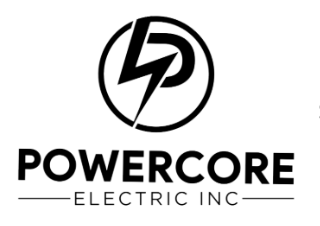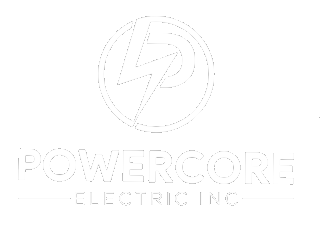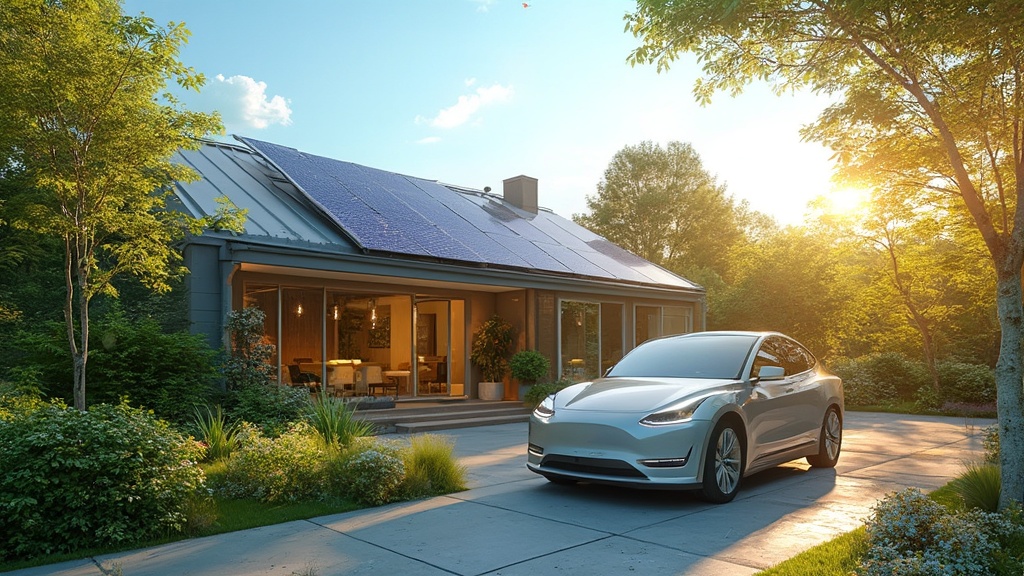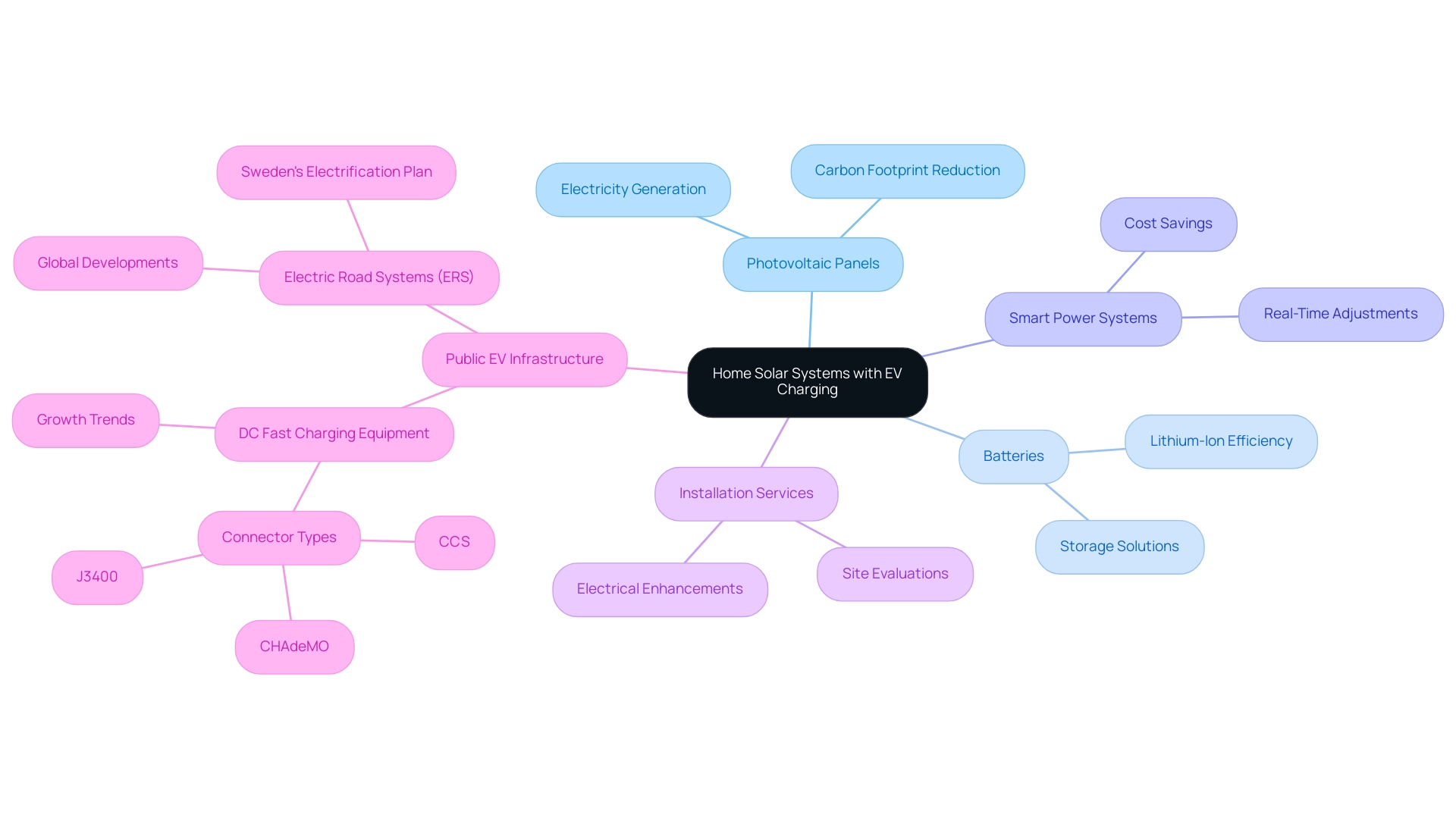Introduction
The intersection of electric vehicles (EVs) and renewable energy is more than just a trend; it’s a movement towards a cleaner and more sustainable future. As eco-conscious homeowners increasingly turn to solar power to charge their vehicles, they are not only reducing their carbon footprints but also enjoying significant savings on energy costs.
In sunny places like California, the rise of solar-powered charging stations is making it easier than ever to drive on sunshine. With government incentives and advancements in technology paving the way, this article explores how integrating solar energy with electric vehicle charging can transform homes into eco-friendly havens.
From financial benefits to the latest charging options, discover how embracing this synergy can lead to a greener lifestyle and a healthier planet for everyone.
The Synergy Between Electric Vehicles and Renewable Energy
The combination of electric cars and renewable energy, such as wind and sunlight, creates a strong partnership in the pursuit of a more sustainable future. By utilizing electric cars and renewable energy sources, particularly through solar-powered stations emerging throughout Los Angeles, you can significantly reduce your carbon footprint in comparison to conventional gasoline vehicles. Many eco-conscious homeowners, particularly in sunny California, are adopting power systems to charge their EVs.
This not only reduces dependence on fossil fuels but also helps lower electricity bills. In fact, combining electric cars and renewable energy with EV charging paves the way for a net-zero lifestyle, allowing you to drive on nothing but sunlight. California’s recent initiatives, along with the transformative effect of building codes and NEM 3.0, are making energy installations more accessible and advantageous.
The execution of NEM 3.0 is especially vital as it improves the financial benefits for homeowners to embrace . Moreover, enhancing sunlight harnessing through improved roof designs can greatly boost the effectiveness of photovoltaic systems, making it a crucial aspect for homeowners in San Diego. As Lauren Spath Luhring from NREL states, ‘The synergy between electric cars and renewable energy is crucial for a sustainable future.’
The push for solar energy adoption is echoed in government programs that support this transition, demonstrating that sustainability can be both practical and rewarding.
Environmental Benefits of Electric Vehicles: A Sustainable Choice
Electric cars and renewable energy present a fantastic opportunity for eco-conscious homeowners to positively impact the environment. With zero tailpipe emissions, electric cars and renewable energy significantly contribute to reducing air pollution and combatting climate change. Notably, in 2023, two-thirds of available electric car types were large units and SUVs, reflecting a market trend towards bigger models.
If all internal combustion engine (ICE) and hybrid electric vehicle (HEV) sales of SUVs had been replaced with (BEVs), it could have prevented approximately 770 million tons of CO2 emissions globally. This statistic underscores the vital role EVs play in a greener future. Furthermore, electric motors are fundamentally more efficient than conventional combustion engines, needing less power to travel the same distance.
As renewable energy sources increase in our power grid, the lifecycle emissions associated with electric cars and renewable energy will continue to decrease, with battery lifecycle emissions projected to drop by about 35% by 2035. Despite some skepticism about EVs, as noted by Ipsos researcher Graham Gordon, the environmental benefits remain compelling, especially in the context of air pollution reduction. For instance, recent case studies have shown that increasing the use of battery mode in plug-in hybrid electric transports (PHEVs) could lead to better emissions reductions; however, enforcement of such practices remains challenging due to the lower real-world utility factor of PHEVs compared to laboratory values.
With government incentives and rebates for purchasing EVs and equipment for recharging, now is a prime time for homeowners to consider making the switch to electric cars and renewable energy, thereby contributing to a cleaner, healthier planet. Powercore Electric Inc. provides customized solutions, including panel installations and designed to operate effortlessly with your electric vehicle. Our regional knowledge guarantees that you obtain unparalleled quality workmanship and customer-centric service, making your shift to renewable solutions smooth and advantageous for both your home and the environment.
Don’t simply rely on our statement—here’s what some of our pleased clients have to say: ‘Powercore made the switch to renewable energy and electric vehicle support easy and stress-free!’ says Jane D., a recent customer. For more information on pricing and available government incentives, or to get your free, personalized estimate, contact us at ryan.serrano@powercoreinc.net or call (916) 699-8778.
Integrating Home Solar Systems with Electric Vehicle Charging
To completely utilize the advantages of electric cars and renewable energy, eco-conscious homeowners should think about setting up a specific EV charging station connected to their renewable energy system. This setup allows you to fuel your electric cars and renewable energy generated right at home, further reducing your carbon footprint. Comprehending how photovoltaic panels function is essential; they transform sunlight into electricity, which can be stored in batteries for later use.
When selecting a battery, options like lithium-ion batteries are often recommended for their efficiency and longevity. As you prepare your installation, consulting with an experienced energy expert from Powercore Electric can guarantee your system is suitably sized to meet both your household and electric vehicle requirements. Powercore Electric provides extensive services, including:
- Site evaluations
- Electrical enhancements
to optimize your infrastructure for electric cars and renewable energy.
In fact, 85% of installers who work with NREL’s SolarAPP+ permitting software report that it significantly eases the permitting process, streamlining your installation experience. Additionally, consider integrating . These creative solutions can enhance power times based on your energy production, allowing you to reduce expenses and increase efficiency.
For instance, some intelligent chargers can modify their function according to real-time power generation information. With progress in technology, including the setup of DC fast refueling equipment along major traffic routes, the attraction of electric cars and renewable energy for powering EVs with on-site resources has never been higher. For instance, Sweden plans to electrify a highway by 2025, showcasing significant strides in Electric Road systems (ERS) technology.
As of 2022, over 20% of public EV ports in the U.S. were DC fast chargers, a trend poised to grow thanks to federal funding and increasing EV adoption. By linking your home renewable system with EV charging, you’re not just investing in your auto; you’re promoting sustainable savings, power storage solutions, and home protection through roofing enhancements while contributing to a cleaner future with electric cars and renewable energy.
Financial Incentives for Electric Vehicles and Solar Energy
California is at the forefront in aiding eco-friendly renters in Long Beach who wish to adopt electric cars and renewable energy through a variety of appealing financial incentives customized just for you. If you’re contemplating making the switch, you can benefit from state tax credits and rebates designed specifically for electric vehicle purchases and panel installations. For instance, (CVRP) provides substantial rebates for eligible EVs, helping you save money right from the start.
Additionally, the Self-Generation Incentive Program (SGIP) offers incentives for energy storage systems, which can significantly enhance your home’s energy efficiency. For Long Beach renters, programs like the California Solar Initiative (CSI) can help you access energy solutions even if you don’t own your home. If you’re a low-income customer enrolled in the TID CARES Program, you can receive an extra rebate of $700 per EV, making these sustainable options more accessible for everyone.
On top of that, federal tax credits are available for renewable energy installations, making it even easier to go green without breaking the bank. California’s major utilities also offer time-of-use (TOU) rate plans that reduce electricity costs during off-peak hours, highlighting the economic advantages of switching to electric cars and renewable energy. Just remember to research these options and apply for the incentives; they can drastically reduce the cost of moving towards a more sustainable lifestyle.
As one happy Long Beach renter, William from Sunnyvale, puts it, ‘Just do it! It is better for your wallet, your health, and the planet. There are many great rebates and resources available to you that make it much easier and more affordable – you won’t look back!’
With these financial tools at your disposal, you can confidently step into a greener future.
Charging Options for Electric Vehicles: Home vs. Public Charging
When it comes to powering electric cars, you’ve got two main options to consider: home power and public stations. For many, home refueling stands out as the most convenient and cost-effective option, especially when you couple it with electric cars and renewable energy systems. Imagine this: with a Level 2 home charger, you can fully charge most EVs overnight, waking up to a fully powered vehicle ready for your daily adventures.
Plus, when you take advantage of off-peak rates, the cost can dip to as little as 3.2p per mile—talk about savings! A recent case study highlights that users can save approximately £500 per year by installing compared to relying on public power stations, with the initial installation cost recouped in about two years. This is especially advantageous for Long Beach tenants, who can utilize eco-friendly energy options, such as electric cars and renewable energy, through photovoltaic power.
However, public recharging stations definitely have their role, particularly during those extended road trips or if home refueling just isn’t practical at the time. Many of these stations now provide fast power options, allowing you to recharge your vehicle in record time, which can be a game changer on the go. Furthermore, renewable energy-powered electric vehicle refueling stations frequently use active thermal heating systems, which employ pumps and controls to circulate heat transfer fluids, enhancing efficiency.
Grasping the difference between active and passive heating techniques is essential; passive systems capture natural sunlight without mechanical devices, depending on building design to enhance heat absorption.
Ultimately, assessing your driving patterns and power requirements will lead you to the best choice for your lifestyle. Whether you’re taking advantage of the benefits of home refueling with renewable energy for electric cars or using public power stations, staying informed about your options is essential to maximizing your electric vehicle experience. Plus, as we explore comprehensive installation processes, such as those offered by Powercore Electric, which include site assessments and electrical upgrades, we can see how electric cars and renewable energy not only enhance convenience but also contribute to economic and environmental benefits—think cost savings, job creation, and a reduction in greenhouse gases.
As Hinson rightly pointed out,
We need to fix that, and we need to fix that in a hurry
—and understanding these options, especially as the EV power market evolves with platforms like KORE integrating various technologies, is definitely a step in the right direction!
The Future of Electric Vehicles and Renewable Energy
The forecast for electric cars and renewable energy is exceptionally encouraging, especially with the rise of solar-powered EV refueling stations throughout Southern California. Innovations in electric cars and renewable energy initiatives, such as , are essential as they enhance sustainability and provide homeowners with tools to maximize their efficiency through smart roof designs in areas like San Diego. Recent advancements in battery technology are enhancing vehicle range and reducing charging times, making electric cars and renewable energy more suitable for everyday journeys.
Government programs are also playing a vital role in promoting these solar power solutions, ensuring that eco-conscious homeowners can take advantage of available incentives. The integration of smart grid technologies is optimizing the management of renewable resources, which is essential for supporting electric cars and renewable energy, ensuring a cleaner energy distribution. In 2022 alone, electric auto sales exceeded 10 million units, representing 14% of all new car sales.
This significant increase, from 9% in 2021 and less than 5% in 2020, correlates with the growing adoption of electric cars and renewable energy technologies. As over 26 million electric cars are now on the roads, the necessity for robust infrastructure to support electric cars and renewable energy becomes increasingly vital. While venture capital funding for EV start-ups has seen a decline, investments in the supply chain remain strong, indicating sustained interest in the sector.
With 69% of consumers eager for more connectivity services in their next vehicle and 34% seeking advanced automation features, staying updated on these trends will empower you to make informed choices that align with your sustainable lifestyle, paving the way for a cleaner, greener future.
Conclusion
The integration of electric vehicles and renewable energy represents a significant step towards a sustainable future. By charging EVs with solar power, homeowners are not only reducing their carbon footprints but also enjoying lower energy costs and taking advantage of various financial incentives. As California leads the way with innovative programs and technologies, the potential for a cleaner environment becomes more accessible to everyone.
The environmental benefits of electric vehicles are undeniable, with zero tailpipe emissions contributing to cleaner air and reduced greenhouse gases. As battery technology continues to advance and more renewable energy sources are added to the grid, the positive impact of EVs will only grow, making them a vital part of the fight against climate change.
For homeowners considering this transition, installing a home solar system paired with an EV charging station can maximize both savings and convenience. With options for smart charging and financial support from government initiatives, the opportunity to embrace a greener lifestyle has never been more within reach.
As the market for electric vehicles expands and charging infrastructure improves, the synergy between EVs and renewable energy will continue to flourish, paving the way for a healthier planet. Embracing this movement not only benefits individual households but also contributes to a collective effort towards sustainability, ensuring a brighter future for generations to come.



